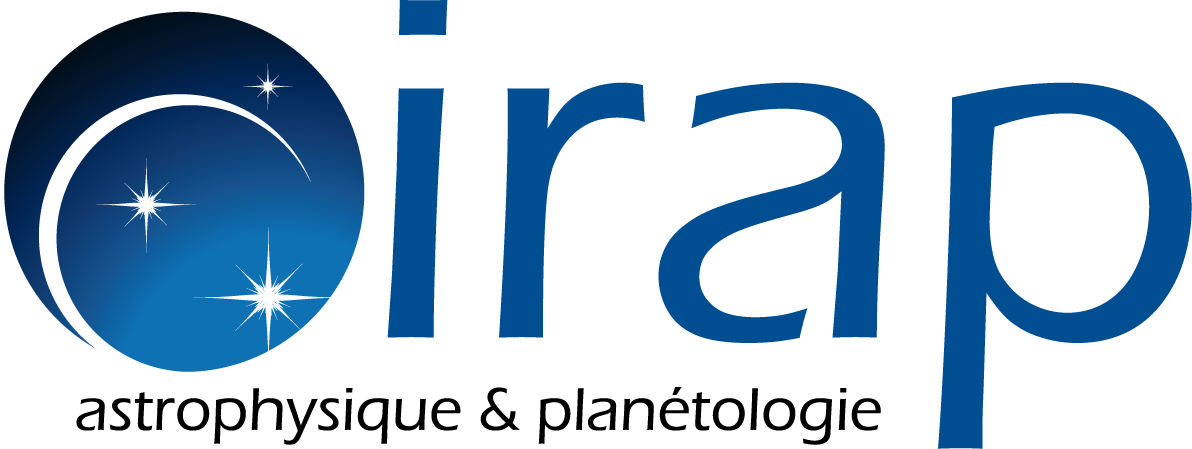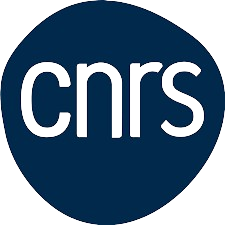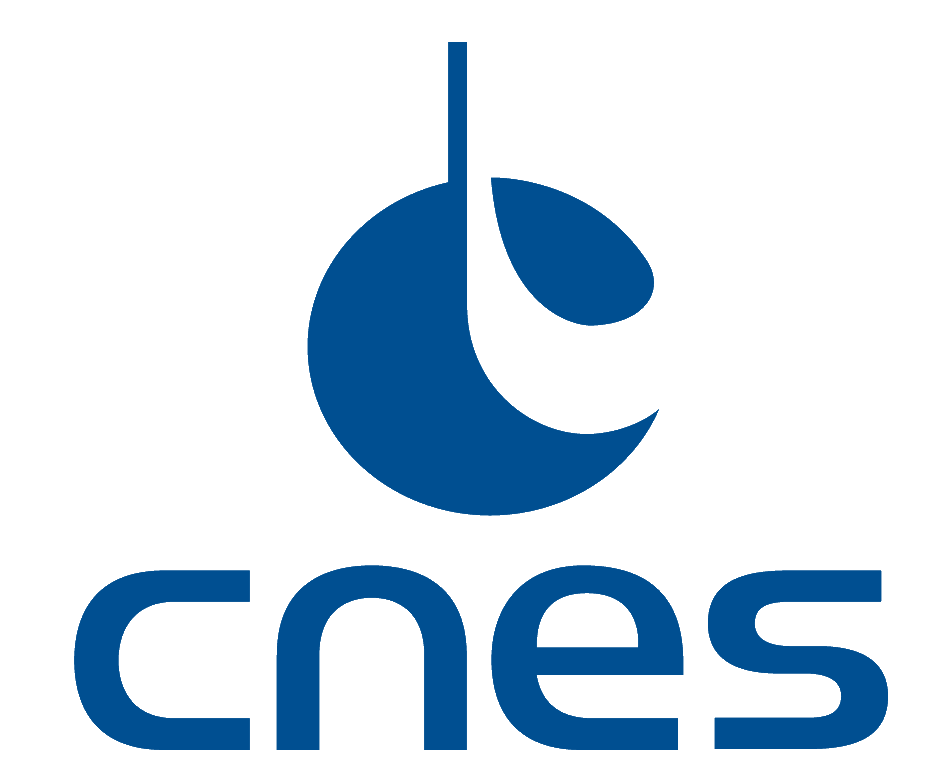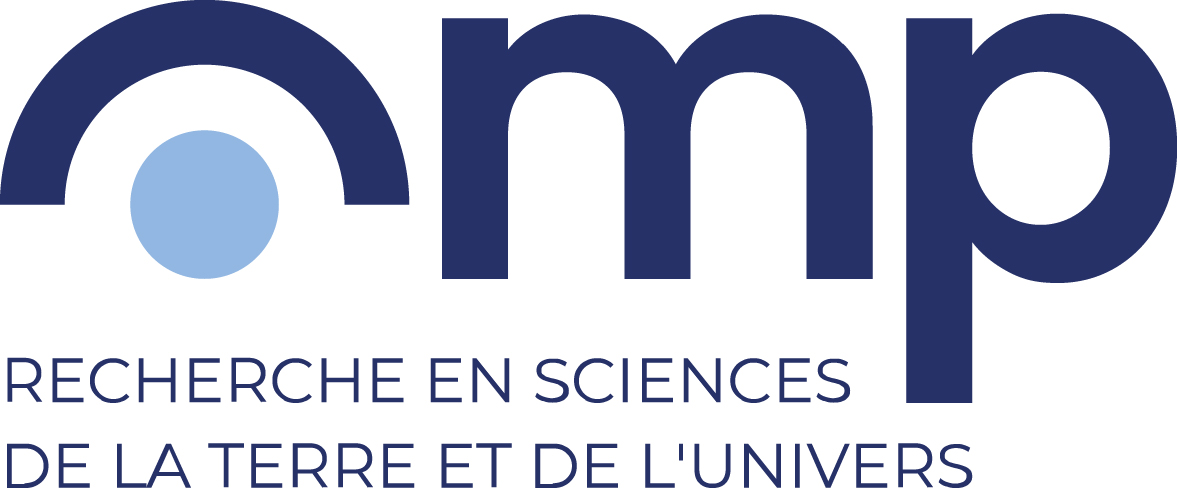Jupiter: a gigantic natural particle booster
The launch of JUICE is scheduled for April 13, 2023, with the most massive planet in the solar system as its target: Jupiter, and its magnetosphere. With its rapid rotation and intense magnetic field, the planet is a gigantic particle booster.
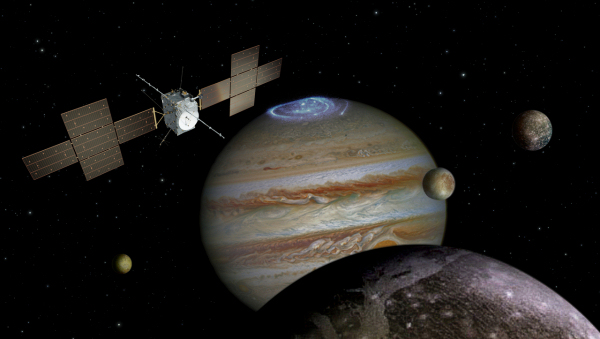
Its radiation belts are so intense that the probe will not venture there. Six French laboratories (1), several of which are attached to the CNRS-INSU, have contributed to the RPWI (Radio and Plasma Waves Instrument) and PEP (Particle Environment Package) instruments, with the definition and supply of instruments: for RPWI, the SCM (Search Coil Magnetometer) sensor built by LPP with the support of DT-INSU, the MIME (Mutual Impedance Measurement) instrument produced at LPC2E, or the JENRAGE (Jovian Environment Radio Astronomy and Ganymede exploration) instrument defined at LESIA; and for PEP, the supply by IRAP of the detectors for the JENI (Jupiter Energetic and Neutral Ions) instrument and the high voltage scanning electronics for the JDC (Jupiter Dynamics Composition) instrument.
These instruments will measure the fluctuations of the Jovian plasma along the trajectory of the probe (plasma waves, density and temperature), but also the powerful radio waves of Jupiter’s magnetosphere, associated with the polar auroras and the interactions between the planet and its Galilean moons, and in particular with Ganymede, the only known moon with a magnetosphere, and the first moon to be explored in detail with an orbiter. These laboratories also provide unique numerical tools (numerical simulation code or data dissemination tool) to allow a fine analysis of the collected data. Research teams will thus be able to explore the magnetosphere of Jupiter in depth, as was possible with the Cassini probe around Saturn.
CNRS Laboratories involved
- Laboratoire d’études spatiales et d’instrumentation en astrophysique (LESIA) – Tutelles : CNRS, Observatoire de Paris-PSL, Sorbonne Université, Université Paris Cité
- Laboratoire Atmosphères, Milieux, Observations Spatiales (LATMOS /IPSL / Ecce Terra) – Tutelles : IPSL / CNRS / Sorbonne Univ / UVSQ
- Laboratoire de physique et chimie de l’environnement et de l’Espace (LPC2E – OSUC) – Tutelles : CNRS / CNES / Univ. Orléans
- Institut de Recherche en Astrophysique et planétologie (IRAP – OMP) – Tutelles : CNRS / CNES / Univ.Toulouse III Paul Sabatier
- Laboratoire de physique des plasmas (LPP) – Tutelles : CNRS / Ecole Polytechnique / Sorbonne Université
Further Resources
- PEP consortium delivers flight models of the first four particle detectors of the JUICE probe to Jupiter (IRAP / CNRS Press Release)
- The making of JUICE (YouTube channel)
- JUICE / PEP / JENI et JDC at the IRAP
- Website dedicated to the JUICE mission (ESA)
- How to follow the Juice launch live (ESA)
IRAP Contact
- Nicolas André, nicolas.andre@irap.omp.eu
